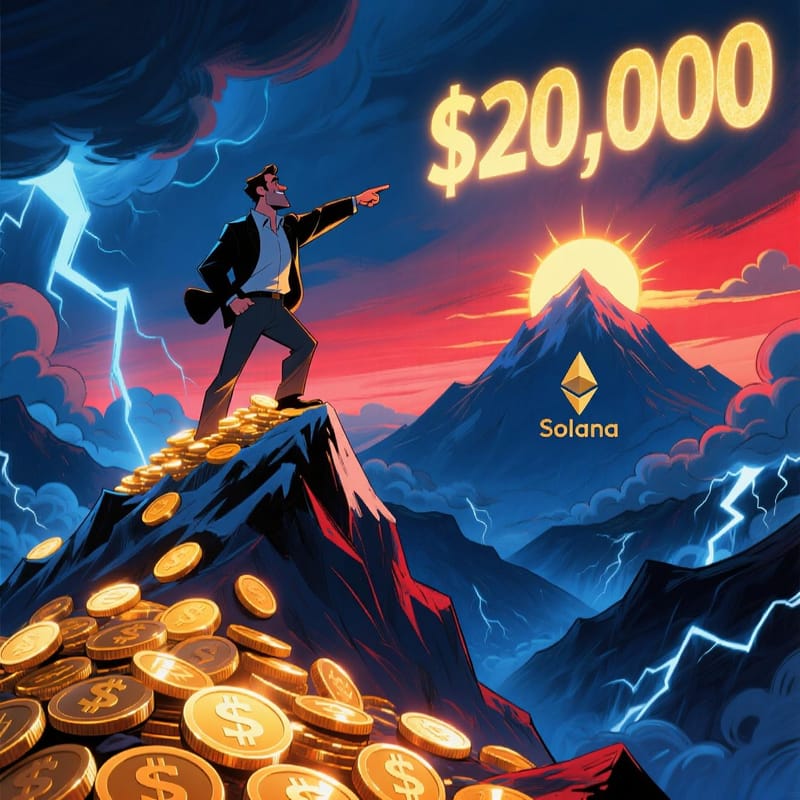EU Considers Ethereum or Solana for Digital Euro Amid U.S. Stablecoin Law Push
The European Union is evaluating Ethereum (ETH) and Solana (SOL) as potential blockchains for the digital euro, a strategic move to counter U.S. dollar-backed stablecoins and assert Europe’s role in the global digital currency race.

EU Weighs Public Blockchains for Digital Euro
In a pivotal shift, the European Union is actively considering the use of public blockchains—specifically Ethereum and Solana—to host its digital euro.
This development, driven by the European Central Bank (ECB) and EU Commission, comes amid growing urgency as the United States accelerates its stablecoin regulatory framework, including the GENIUS Act and federal recognition of USD-backed tokens.
The goal? Digital sovereignty—ensuring the euro remains competitive in a rapidly tokenizing global financial system.
“The digital euro is being vigorously pursued, particularly as we reassess our strategies in light of the rapid development of U.S. stablecoin legislation,” said an ECB policy lead.
Why Ethereum and Solana?
The EU is evaluating both chains based on:
- Security and decentralization (Ethereum)
- Speed and scalability (Solana)
- Regulatory compliance potential
- Interoperability with DeFi and traditional finance
While China’s digital yuan runs on a closed, centralized model, the EU is exploring a hybrid approach—leveraging the transparency and innovation of public blockchains while maintaining control over monetary policy and user privacy.
Strategic Implications for ETH and SOL
If Ethereum is selected, it would mark a historic validation of its role as the world’s most secure and institutionally trusted smart contract platform—already home to:
- Spot ETH ETFs
- Tokenized real-world assets (RWAs)
- Euro stablecoins like EURC and eEUR
Solana, meanwhile, offers ultra-low fees and high throughput—ideal for mass retail adoption—and has seen growing traction in payments and consumer apps.
A nod from the EU could significantly boost both networks’ credibility and usage across Europe.
Regulatory Context: MiCA and Beyond
The decision will unfold under the EU’s MiCA (Markets in Crypto-Assets) framework, which already provides a clear regulatory path for stablecoins and digital assets.
By building the digital euro on a MiCA-compliant public chain, the EU could:
- Integrate with existing DeFi infrastructure
- Enable programmable payments
- Strengthen cross-border transaction efficiency
This contrasts with the U.S. approach, which focuses on regulating private stablecoins (like USDC and PYUSD) rather than launching a central bank digital currency (CBDC).
Market Impact Ahead
While no final decision has been made, the mere consideration of ETH and SOL as infrastructure for a $15 trillion economy is a powerful signal.
Potential outcomes:
- Increased staking and node participation in Europe
- New demand for ETH and SOL from institutional and government entities
- Growth in euro-denominated DeFi protocols
- Shift in global blockchain leadership dynamics
For Ethereum, it reinforces its role as the enterprise-grade Layer 1. For Solana, it’s a chance to prove its scalability on a global stage.





